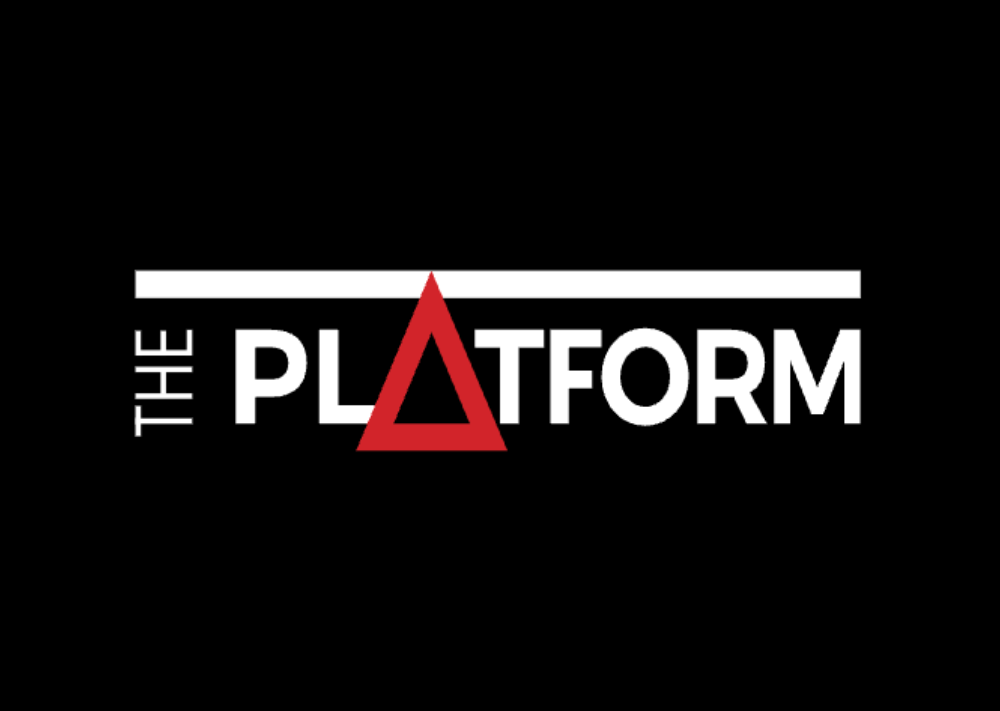Understanding Residential Tenancies in New Zealand
In New Zealand, there are two main types of residential tenancies: fixed-term tenancies and periodic tenancies. Each has its own set of rules that landlords and tenants should understand. At Aspire, around 90% of our tenancies begin with a 12-month fixed term. Once this term ends, about half of our tenancies move to periodic agreements, while the other half choose to re-fix for another 12 months.
Significant updates to the Residential Tenancies Act took effect on 21 February 2021. If your tenancy agreement was signed before this date, different rules may apply.
Fixed-Term Tenancy Agreements
A fixed-term tenancy runs for a set period, providing stability and security for both the tenant and the landlord throughout the agreed timeframe. These agreements include a clear end date, which might be six months, one year, or another period agreed upon by both parties.
If the fixed term is longer than 90 days, the tenancy will automatically roll over to a periodic tenancy at the end of the term. Tenancies shorter than 90 days are considered short-term and have different rules.
Generally, fixed-term tenancies cannot be ended early unless both the tenant and landlord agree, making this arrangement secure for both parties.
Key Points:
- Tenants wishing to end the tenancy when the fixed term expires must give at least 28 days’ written notice before the end date.
- Tenancies signed after 21 February 2021 will automatically convert to periodic tenancies when the fixed term ends unless the tenant provides notice to end it.
- Landlords can end a tenancy at the end of a fixed term only under specific conditions, such as:
- The landlord or their family intends to move in.
- The property has been sold with “vacant possession” in an unconditional sale.
- Extensive renovations are planned, requiring the property to be uninhabitable.
- The property is being converted for commercial use.
- The property is to be demolished.
- The landlord or their family intends to move in.
- If none of these reasons apply, the tenancy will become periodic.
- If one of these reasons does apply, landlords must give 63 or 90 days’ written notice, depending on the reason.
- A fixed-term tenancy can end early if both parties agree in writing. The landlord may charge the tenant reasonable, documented costs associated with ending the tenancy early (e.g., advertising or viewings).
- Tenants who wish to leave early can also assign their tenancy to another suitable tenant, and landlords cannot unreasonably decline this, though reasonable criteria may be required.
For further details on fixed-term agreements, visit the Tenancy Services website.
Periodic Tenancy Agreements
A periodic tenancy has no fixed end date and continues until either the tenant or landlord gives notice to end it. Many periodic tenancies begin after a fixed term ends, while others may start as periodic tenancies from the outset.
Periodic agreements provide tenants with flexibility, allowing them to end the tenancy with 28 days’ notice without needing a reason.
Key Points:
- Periodic tenancies continue indefinitely until one party gives notice.
- Landlords generally cannot end a periodic tenancy unless specific legal grounds apply. Ending a periodic tenancy without these grounds is unlawful.
- Tenants must provide 28 days’ written notice to end the tenancy (previously 21 days).
- Landlords typically need to provide 90 days’ notice but may give 63 days’ notice under certain conditions.
- Written notice to end a periodic tenancy must include:
- The tenancy address.
- The end date.
- The reason for ending the tenancy (if given by the landlord).
- The signature of the party giving notice.
- The tenancy address.
- Unlike fixed-term tenancies, ending a periodic tenancy does not require mutual agreement.
Pros And Cons of Each Type of Tenancy
Advantages of Fixed-Term Tenancies
Stability and Security: Provides tenants and landlords with certainty and secure planning over the tenancy period.
Predictable Timeline: The clear end date assists both parties in managing plans and expectations.
Disadvantages of Fixed-Term Tenancies
Limited Flexibility: Early termination typically requires the landlord’s agreement.
Responsibility to Find New Tenants: At the end of the term, if tenants do not renew, landlords need to find new tenants, which can lead to potential vacancy periods.
Advantages of Periodic Tenancies
Flexibility: Tenants can end the tenancy with 28 days’ notice, while landlords can terminate under certain conditions with 90 days’ notice.
No Fixed Commitment: Ideal for tenants who need flexibility in their living arrangements.
Ease of Termination for Tenants: Allows tenants to move with less notice compared to fixed-term agreements.
Disadvantages of Periodic Tenancies
Less Predictability: The open-ended nature can make long-term planning challenging for both tenants and landlords.
Choosing the Right Tenancy Type
The choice between a fixed-term and a periodic tenancy will depend on the needs and circumstances of the landlord and tenant. Fixed-term agreements are best suited for those seeking security and predictable timelines, while periodic tenancies cater to those needing flexibility and the ability to adjust plans easily.
At Aspire, we are here to guide you through selecting the tenancy type that aligns with your goals. Contact us today to discuss your options.








